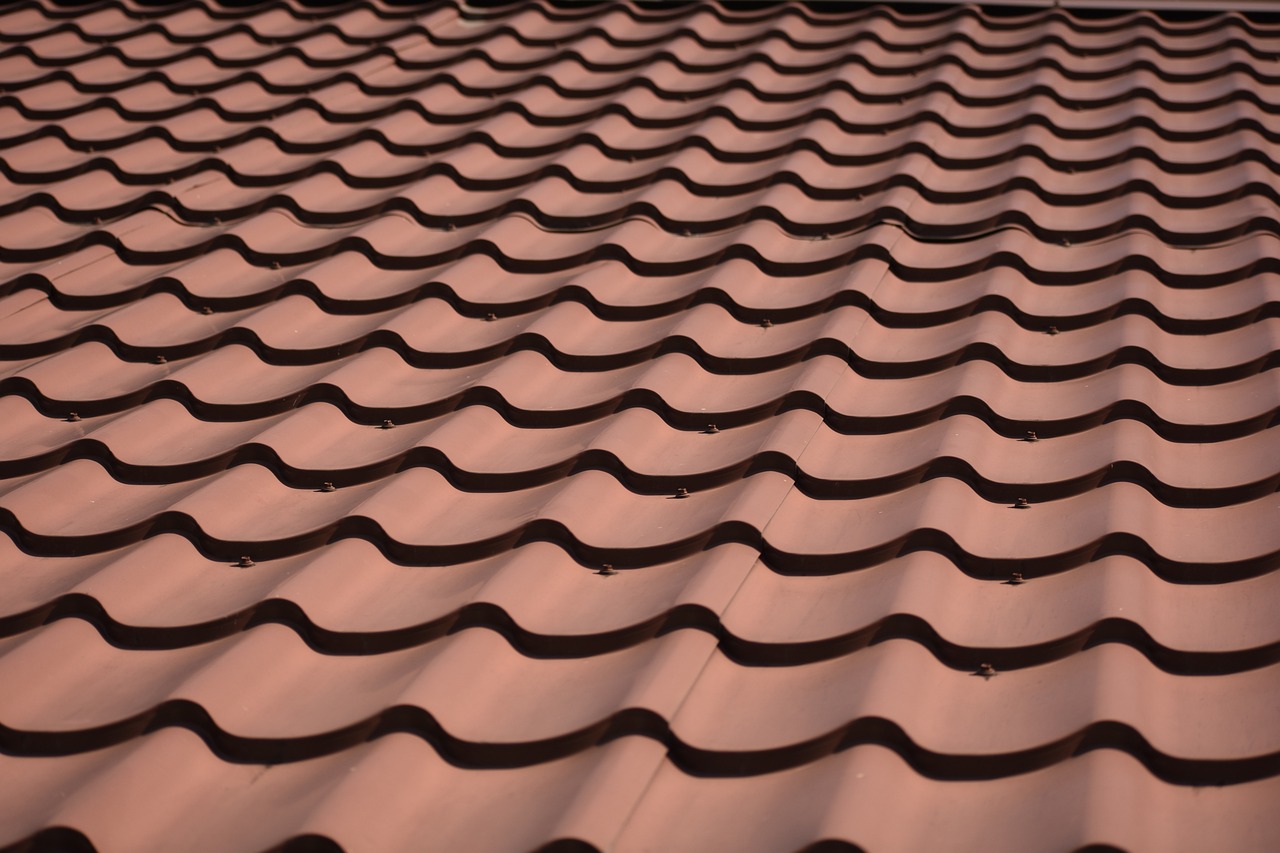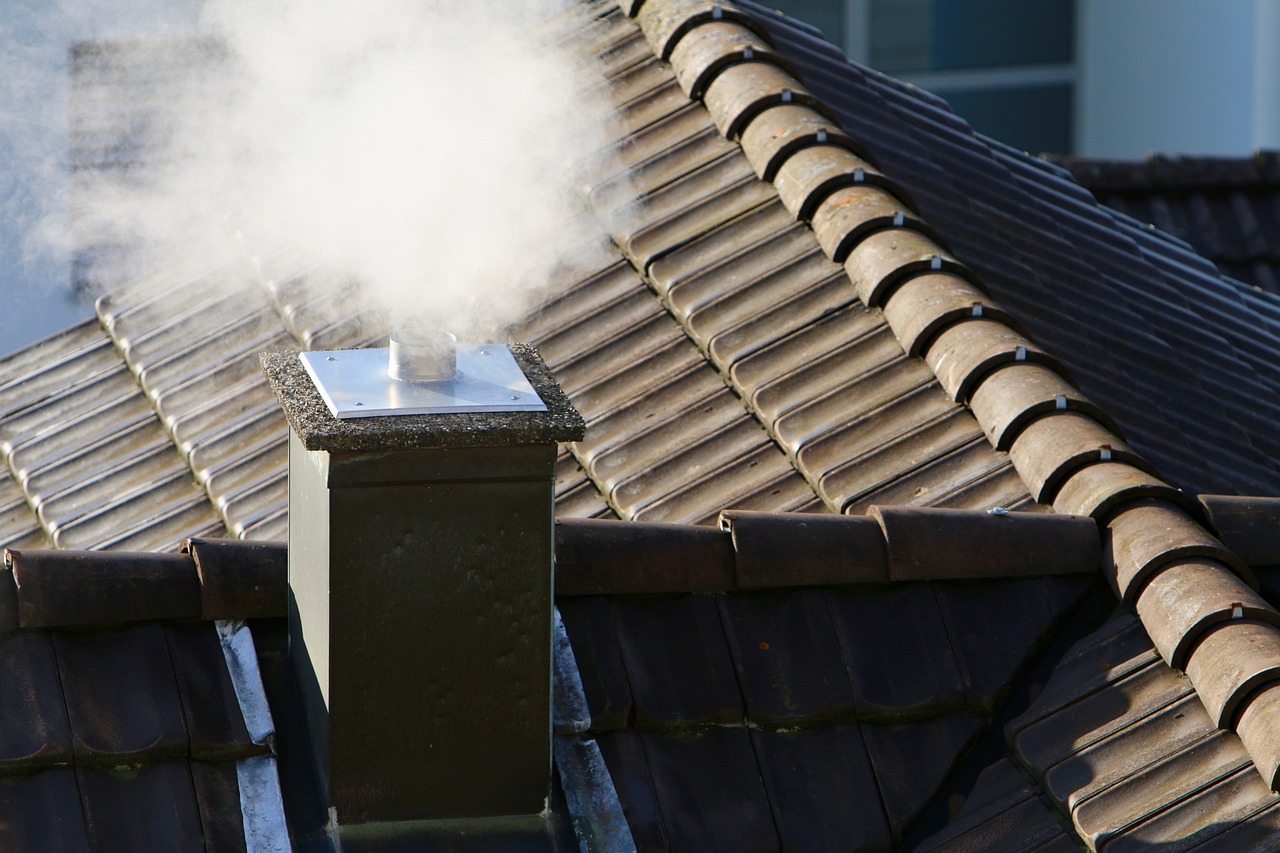Maximizing Your Roof's Lifespan:
Key Tips from the Pros
Your roof is one of your home's most important defenses against the elements. With proper care and attention, it can last for decades. However, neglecting it can lead to premature wear and tear, costly repairs, and even a total replacement. This guide will provide you with expert tips to help you maximize your roof's lifespan, ensuring it stays in top condition for as long as possible.

The Importance of Regular Inspections
Regular inspections are crucial for maintaining a healthy roof. By checking your roof at least twice a year, you can identify and address minor issues before they become major problems. Look for signs of damage such as missing shingles, cracks, and leaks. Catching these early can save you money in the long run. Make it a habit to inspect your roof in the spring and fall, when weather conditions are milder.
Clean Your Gutters
Clean gutters play a vital role in preserving your roof. When gutters are clogged with leaves and debris, rainwater can overflow and seep into your roof's structure. This can cause rot, mold, and damage to your home's foundation. To avoid these issues, clean your gutters at least twice a year, and more frequently if you live in an area with heavy foliage.
Trim Overhanging Branches
Trees add beauty and shade to your property, but overhanging branches can pose a threat to your roof. Branches can scratch and damage shingles, while falling limbs can cause significant harm during a storm. Regularly trimming back any branches that hang over your roof can prevent this kind of damage and keep your roof in great shape.
Address Moss and Algae Growth
Moss and algae can be detrimental to your roof's health. They trap moisture against the roof's surface, leading to decay and weakening the structure. If you notice moss or algae starting to grow, address it promptly. Use a specialized roof cleaner or a mixture of water and bleach to remove these growths. Installing zinc or copper strips can also help prevent future moss and algae buildup.
Ensure Proper Ventilation
Proper ventilation is essential for a long-lasting roof. Without adequate ventilation, heat and moisture can build up in your attic, leading to warped shingles and other structural damage. Make sure your attic has sufficient ventilation to allow air to circulate freely. This will help regulate temperature and moisture levels, preventing potential roof damage.
Repair Leaks Promptly
Ignoring a small leak can lead to significant problems down the road. Water damage can compromise the integrity of your roof and result in costly repairs. At the first sign of a leak, take action immediately. Locate the source of the leak and repair it to prevent further damage. In some cases, you may need to consult a professional to ensure the repair is done correctly.
Choose the Right Roofing Materials
The materials you choose for your roof can significantly impact its lifespan. Opt for high-quality roofing materials that are designed to withstand your local climate. While these materials may be more expensive upfront, they will often pay off in the long run by providing better durability and protection.
Maintain Roof Flashing
Roof flashing is a critical component that helps direct water away from vulnerable areas, such as chimneys, skylights, and vents. Over time, flashing can deteriorate, leading to leaks and water damage. Inspect your flashing regularly and make any necessary repairs to ensure it remains effective in protecting your roof.
Get It Professionally Maintained
Hiring professionals to maintain your roof can make a world of difference. This means that roof contractors have the expertise to spot potential issues that may go unnoticed by the untrained eye. They can also perform thorough cleanings, repairs, and maintenance tasks that will help extend your roof's lifespan. Investing in professional maintenance may cost more initially, but it can save you from expensive repairs in the future.
Be Mindful of Weight on the Roof
Excessive weight on your roof can cause damage over time. This includes heavy snow buildup, which can put stress on the structure and lead to sagging or collapse. If you live in an area prone to heavy snowfall, take steps to remove snow from your roof safely. Additionally, avoid placing heavy items or walking on the roof whenever possible.

Monitor for Pests
Pests such as birds, squirrels, and insects can wreak havoc on your roof. They can create nests, chew through materials, and cause significant damage. Regularly monitor your roof for any signs of pest activity and take measures to control and prevent infestations. Installing deterrents and sealing any entry points can help keep pests at bay.
Maintaining your roof is an essential part of homeownership. By following these expert tips, you can extend the lifespan of your roof and keep it in excellent condition.